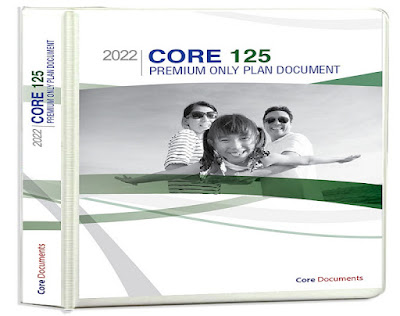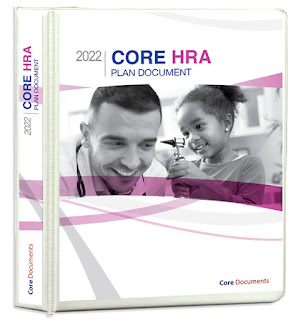Understanding Section 125 POP Documents: A Guide for Employers and Employees
Section 125 of the Internal Revenue Code (IRC) has significant implications for both employers and employees when it comes to offering and participating in employee benefit plans. One crucial document that plays a central role in Section 125 plans is the POP document, or Premium Only Plan document. In this blog, you will dive into what a Section 125 POP document is, its purpose, and why it's essential for businesses and their employees.
What
Is a Section 125 POP Document?
A Section 125 POP document, also known as a
section 125 premium only plan, is a
legal document that outlines the rules and procedures for a Premium Only Plan
(POP) offered by an employer. A POP allows employees to pay their share of
health insurance premiums, as well as other eligible benefits, with pre-tax
dollars. This means that employees can reduce their taxable income by the
amount they contribute to these plans, ultimately lowering their overall tax
liability.
 |
| section 125 premium only plan |
Why
Is a Section 125 POP Document Important?
Tax Savings: For employees, a Section 125
POP document is a valuable tool for reducing their tax burden. Contributions
made through a POP are excluded from both federal income tax and Social
Security (FICA) tax.
Employer
Benefits:
Employers also benefit from offering a POP.
By allowing employees to pay for certain benefits with pre-tax dollars,
employers may save on their share of FICA taxes, making it a cost-effective way
to provide benefits.
Legal
Compliance:
Having a properly executed Section 125 POP
document is essential for legal compliance. It ensures that the plan meets all
IRS requirements, preventing potential legal issues or penalties.
 |
| section 125 pop document |
A section 125 premium only plan typically includes
the following elements:
- Plan description and purpose.
- Eligible benefits and
contributions.
- Employee and employer responsibilities.
- Procedures for making elections
and changes.
- Compliance with IRS
regulations.
Conclusion:



Comments
Post a Comment